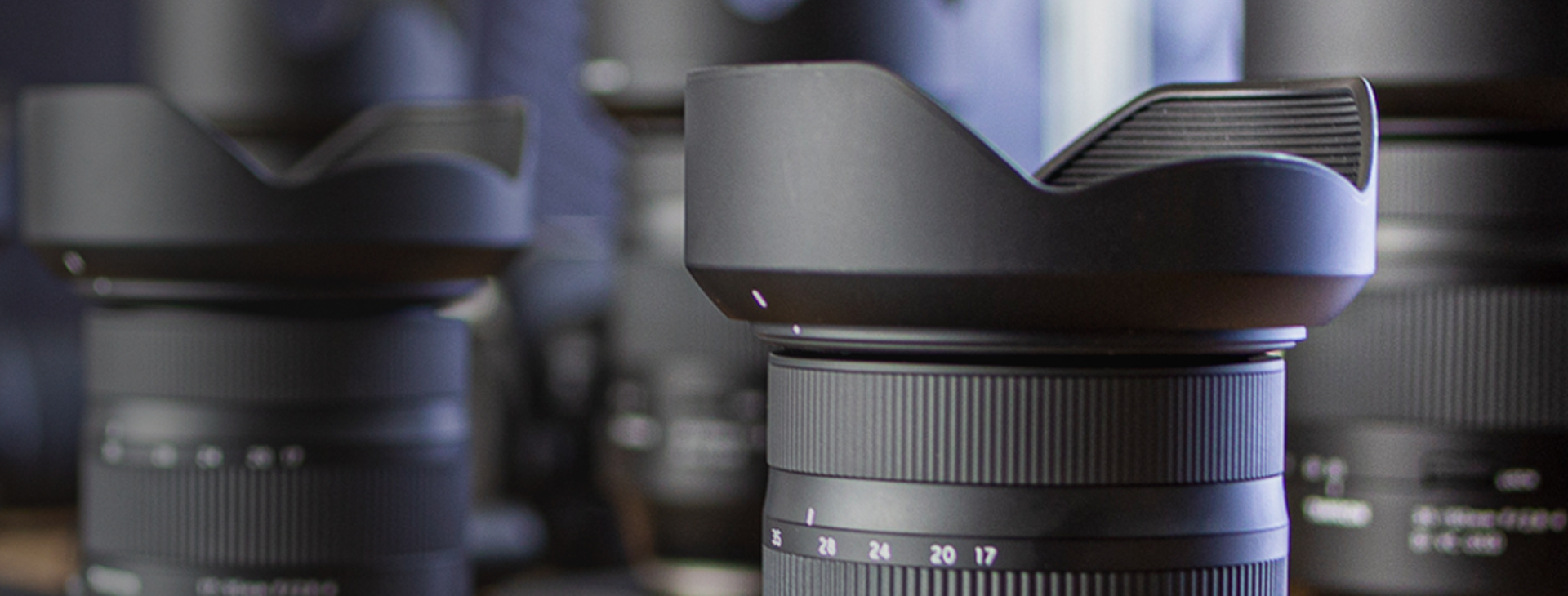
Nov 13, 2025
Finding the Right Lens: Basics, Lens Types & Tips for Beginners
Many people who’ve just bought a DSLR or mirrorless camera feel overwhelmed by the huge variety of lens types and technical terms. In this article, we explain the most important photography terms, the characteristics of different types of lenses, and share tips on choosing the right lens for every shooting situation. This essential knowledge helps you understand the strengths and weaknesses of each lens more clearly.
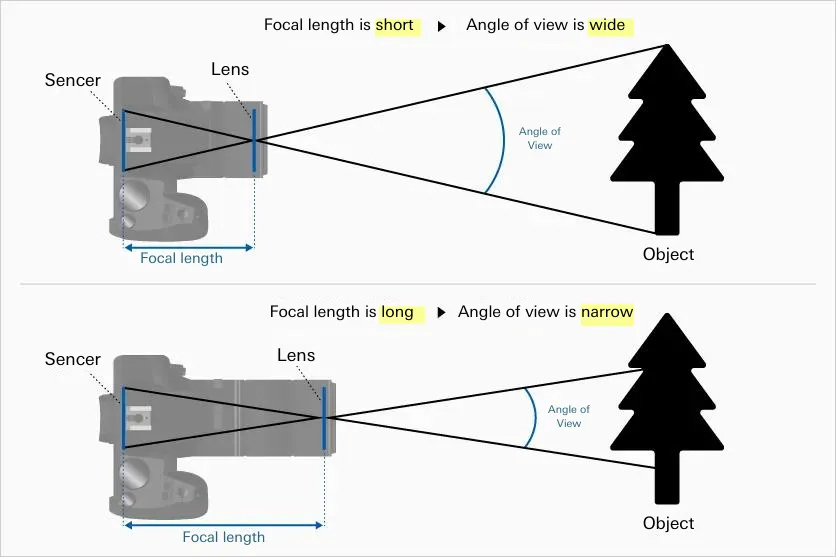
Essential basics before buying a lens
DSLR and mirrorless cameras offer a wide variety of lenses. To understand the differences properly, it helps to know a few fundamental technical terms.
Focal length and angle of view
The focal length describes the distance between the optical center of the lens and the camera sensor. A short focal length creates a wide angle of view — subjects appear smaller. A long focal length produces a narrow angle of view, making the subject appear larger. Wide-angle lenses (short focal length) capture a large portion of the scene, while telephoto lenses (long focal length) magnify distant subjects significantly.
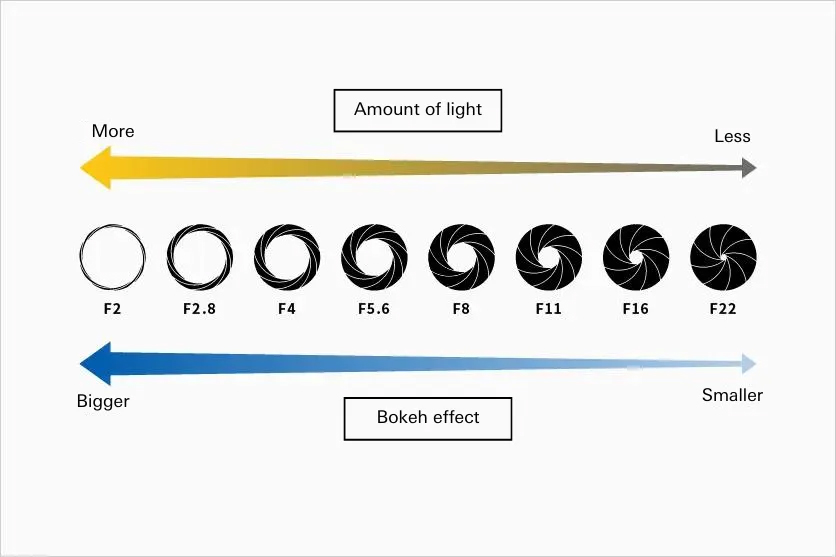
Aperture (F-number)
The aperture value, often referred to as the F-number, determines how much light passes through the lens to reach the sensor. It is defined by the formula:
F = focal length ÷ effective lens diameter
A small F-number (e.g., F/2.8) allows a lot of light in and creates a shallow depth of field — resulting in beautiful bokeh.
A large F-number (e.g., F/16) reduces the amount of light and increases depth of field, making more of the image appear sharp.
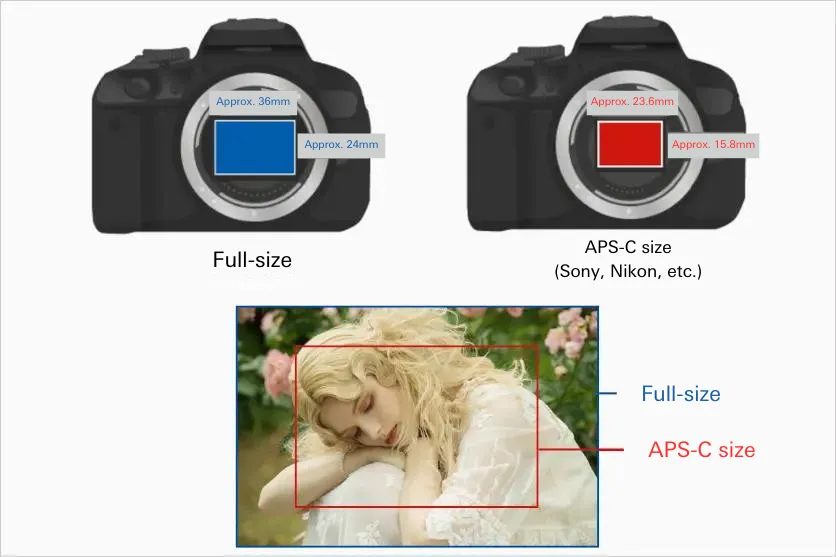
Sensor size
The image sensor converts the light entering through the lens into electrical signals. Its size influences image quality, noise performance, and the framing of your shot.
Common formats include full-frame (36 × 24 mm) and APS-C (approx. 23.6 × 15.8 mm).
Lenses must match the sensor size — for example, using an APS-C lens on a full-frame camera can lead to darkened corners (vignetting).
Lens mount
The mount connects the camera and lens both mechanically and electronically. Since every manufacturer uses its own system, the lens must be compatible with the camera’s specific mount.
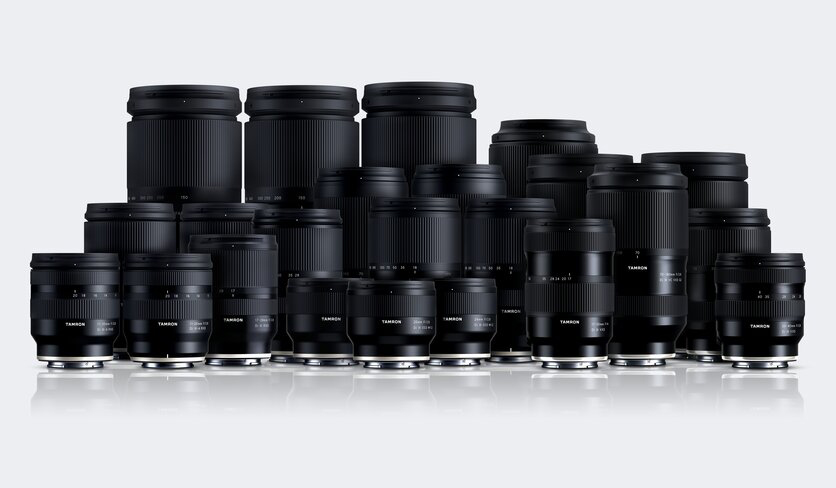
Reading lens names correctly
A lens name already tells you a lot about its features.
Example: 150–500 mm F/5–6.7 Di III VC VXD
150–500 mm = focal length range
F/5–6.7 = aperture range
VC = image stabilization (“Vibration Compensation”)
VXD = type of focus motor
Additional abbreviations may indicate a series name (e.g., SP) or a model number (e.g., A057).
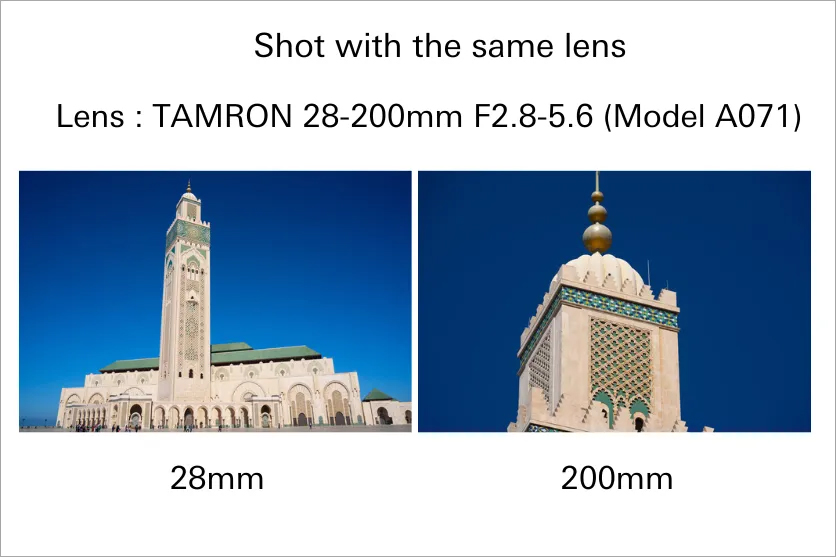
Zoom vs. prime lenses
Zoom lenses
Zoom lenses offer variable focal lengths, for example 28–200 mm. This allows you to cover many shooting scenarios — perfect for travel or all-round photography.
They tend to have smaller maximum apertures (higher F-numbers) compared to prime lenses, which means they let in less light and produce less pronounced bokeh.
Prime lenses
Prime lenses have a fixed focal length, such as 50 mm. You “zoom” by physically moving closer or farther from your subject. Their strengths include high light-gathering ability, low weight, excellent sharpness and beautiful background bokeh — making them ideal for portraits or low-light situations.
Overview of lens types
Wide-angle lenses
With a focal length of 35 mm or less (full-frame), they offer a large angle of view and emphasize depth. Perfect for landscapes, architecture, or group shots.
Special variants include ultra-wide-angle lenses (even wider view) and fisheye lenses (around 180°).
Standard lenses
At around 50 mm, their angle of view is similar to human vision. They look natural and are highly versatile — often included as a kit lens.
Telephoto lenses
Starting at about 80 mm (full-frame), they bring distant subjects closer. Their shallow depth of field creates soft bokeh and compresses perspective. Ideal for sports, wildlife, or portraits.
Super-telephoto lenses
From 300 mm and above — perfect for wildlife or nature photography when shooting from a great distance. They deliver strong compression effects and impressive detail shots.
Macro lenses
Macro lenses allow extreme close-ups of small subjects (1:1 reproduction). They reveal fine details like flowers, insects, or water droplets.There are wide-angle, standard, and telephoto macros, each with its own characteristics.
How to choose the right lens
Subject and purpose
Landscapes = wide-angle, portraits = telephoto, macro = close-up work.Think about what you photograph most often.
Check technical features
Functions like autofocus systems (AF), image stabilization (VC), or weather sealing make shooting easier in challenging conditions.Consider size and weight
Especially for travel or long shoots, compact and lightweight lenses are a big advantage.
Lens recommendations for beginners
Start with a standard zoom (e.g., 28–75 mm). It helps you learn how different focal lengths affect your images.
Then expand your kit with:
A wide-angle lens for landscapes
A telephoto lens for portraits or sports
A fast prime lens (small F-number) for beautiful bokeh and low-light shooting
An all-in-one zoom as a practical travel solution
Lightweight, compact lenses with image stabilization are especially recommended for beginners.
Lenses for specific shooting situations
Portraits
An 85 mm lens is a classic choice. It creates pleasing bokeh and flatters facial proportions. Indoors, a shorter focal length or a fast-aperture lens is often more practical.
Landscapes
Wide-angle lenses capture large scenes impressively and emphasize depth. Just keep in mind that people near the edges of the frame can appear slightly distorted.
Sports
Depending on your distance: use a telephoto lens for far-away subjects, or a wide-angle lens to capture the full atmosphere of the playing field.
Animal and wildlife photography
Super-telephoto lenses (300–500 mm) are the top choice here. They allow detailed shots from a safe distance — perfect for shy or fast-moving animals.
Conclusion
To get the most out of your camera, it’s important to understand the characteristics of each lens type. Every design has its strengths — use them intentionally to shape your creative visual style.
A solid grasp of focal length, aperture, and sensor size is the key to shooting with more intention and creativity.